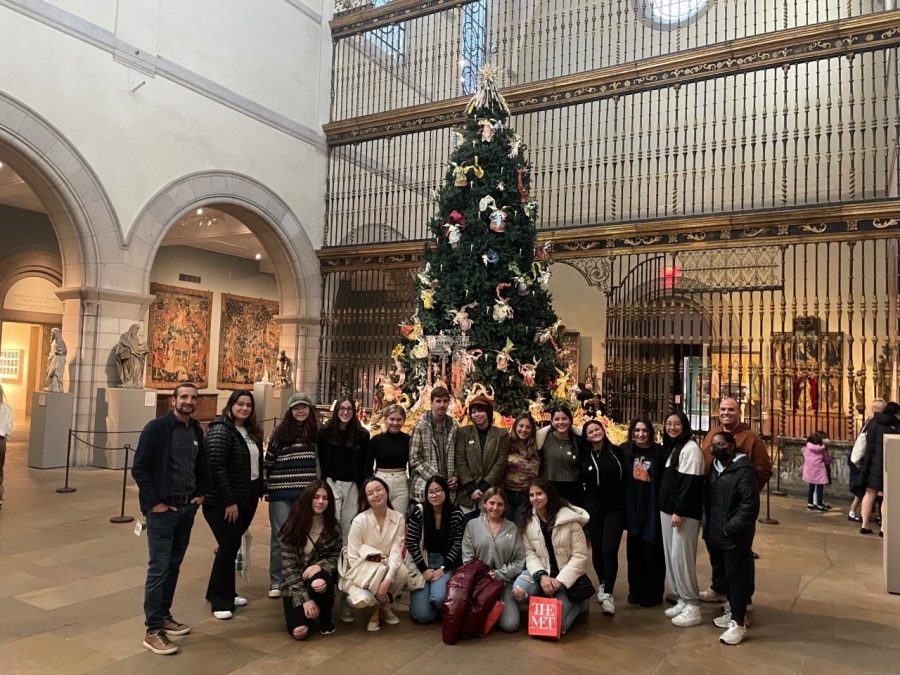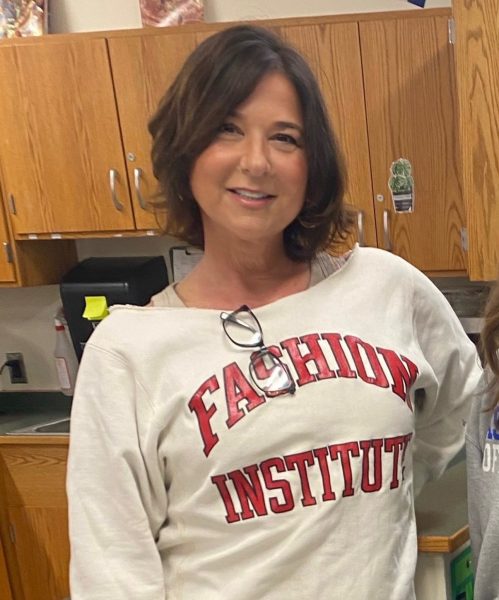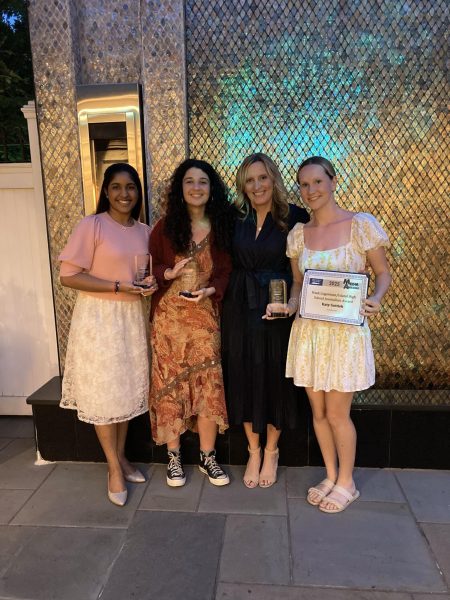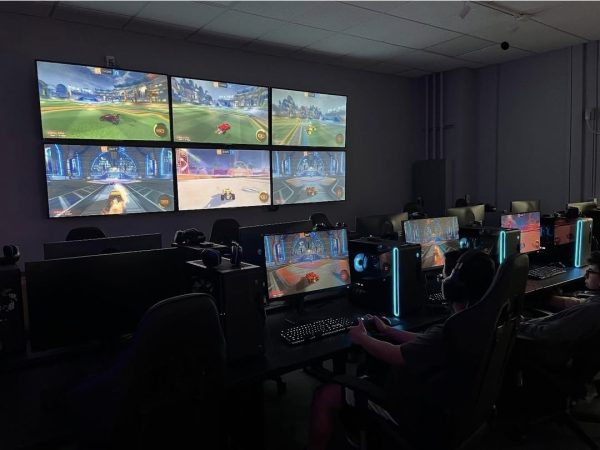LHS Art Students Visit the Met
The LHS art department embarked on a grand adventure to the Metropolitan Museum of Art in New York City on December 9. The Met currently houses over two million pieces from a myriad of cultures, from Greek hydra vases to the cubist paintings of Picasso. The museum, with a chronological repertoire spanning over 5,000 years, is the second-largest in the country and is considered one of the most culturally important museums in the world. Mae Dooling, junior and art student, remarked, “[M]y favorite thing to see was all of the old rooms from homes [in] Europe that were restored. The furniture was so beautiful, and it was amazing to see how well the artifacts have been preserved…The rooms really made me feel like I was walking through history, and suddenly I was the queen walking into my master bedroom!”
At the museum, students moved freely throughout the exhibits, though members of some classes had specific purposes in mind: printmaking and sculpture students were tasked with finding a sculpture that they found particularly interesting to replicate in clay for a future assignment. The students utilized either a video of the sculpture, or a 360-degree photo, thus providing full references of the piece for the replication process. The students also had to find a print in the museum that would be used in a future printmaking assignment. “The pieces had such a ‘wow’ factor in person. When you see a picture of them, they’re obviously good, but seeing them in person is a completely different experience, which is what I loved about them,” explained junior Alayna Matern.
With an eye for artistic ingenuity, the printmaking and sculpture students found many of the pieces at the Met adeptly skillful and interesting. Paintings are draped in detail and display a plethora of different artistic techniques, from the expansiveness of the Renaissance Period of 14th to 17th century Europe, which included artists such as Leonardo da Vinci and Raffaello Sanzio, to the Impressionist Movement of the 19th century, which featured artists like Edgar Degas and Henri Matisse. “I find the detail of the art most intriguing,” Dooling added. “At first glance, a painting may look typical. With a closer glance, you can see the time and effort that went into the piece. For example, one of the pieces looked amazing…I looked closer and it was rendered all in dots.” Walking through the Met’s collection, one can observe the wide range of historical influence that impacted the artistic movements of different ages. Technical and societal as well as subconscious influences intertwine to propel the creation of art forward. Matern commented, “I love the texture, like in oil paintings how it pops off the canvas literally. I also liked looking at how social norms and standards throughout time have changed and how it’s reflected in art.”
The Met proved as an exhaustive source of inspiration for all of the art students, especially with the paired task of recording sculpture and print alike for later replication. Though this was the central assignment at hand, the students found that many of the other techniques shown in the wide range of pieces that the museum had to offer could further benefit their own artistic styles. “I’m definitely going to incorporate more fabric details and more of the lighting I saw at the Met into my work,” Matern elaborated. Fabric often plays a central role in the arrangement of a piece; for example, the technique of draping one’s subjects in the intricate folds of a cloth, such as in Sandro Botticelli’s The Birth of Venus, is central to many pieces.
Vincent Lentini, chairperson for fine art, family and consumer sciences, and technology, was one of the teachers who helped orchestrate the trip and felt that the students greatly benefited from their artistic adventure. “The students enjoyed the museum for the entire day and saw a variety of famous works of art. It was a really fun and meaningful trip,” he expressed.
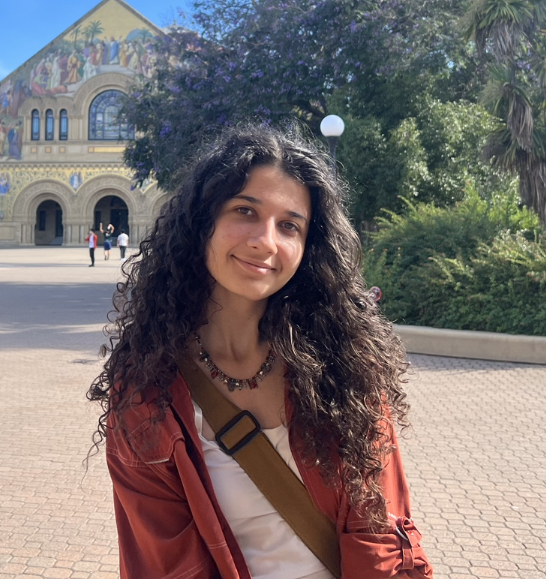
I’m a member of the Class of 2025. When I’m not writing, editing, or helping lay out Horizon’s print editions, I like to rock climb, learn about...































